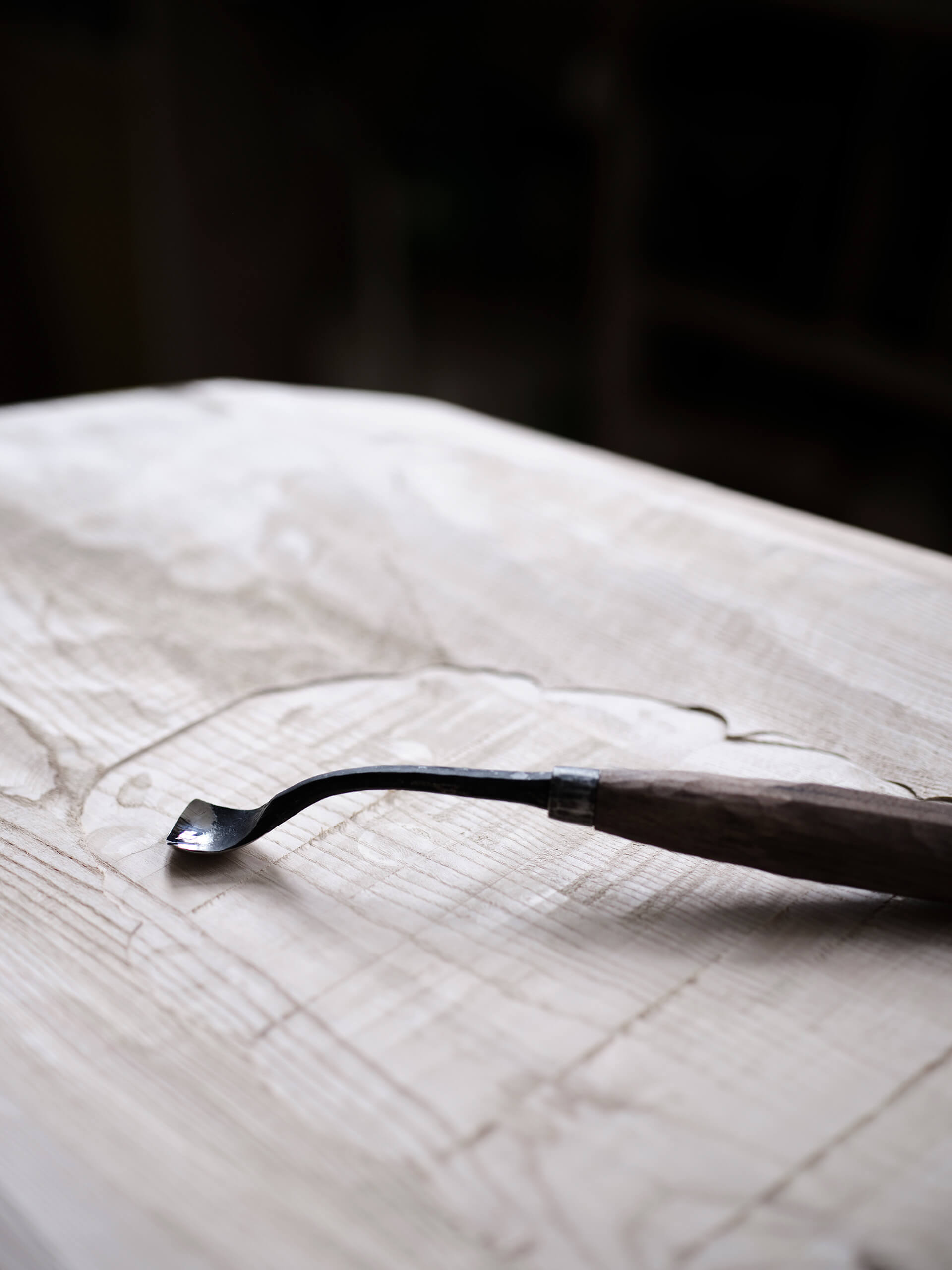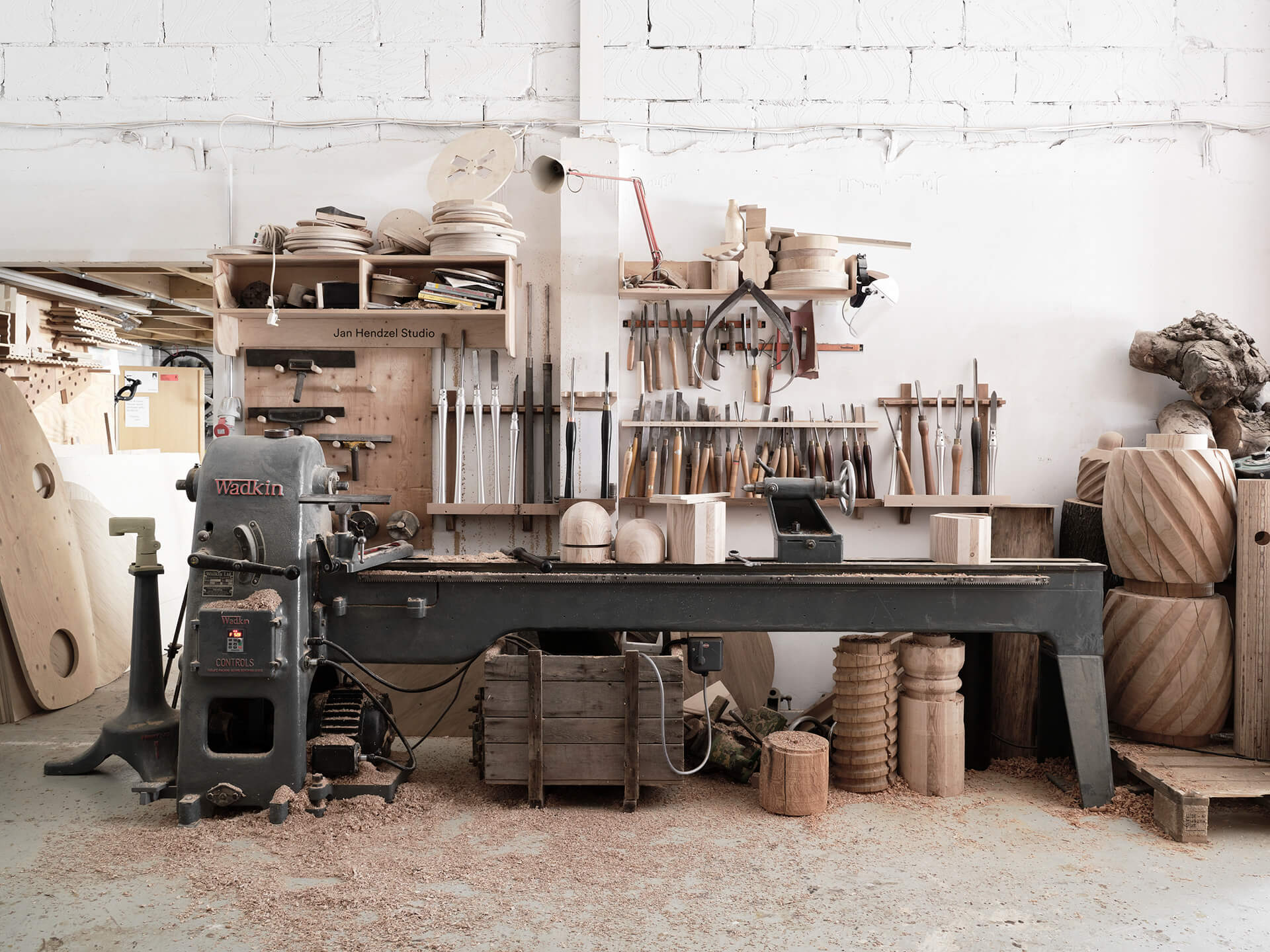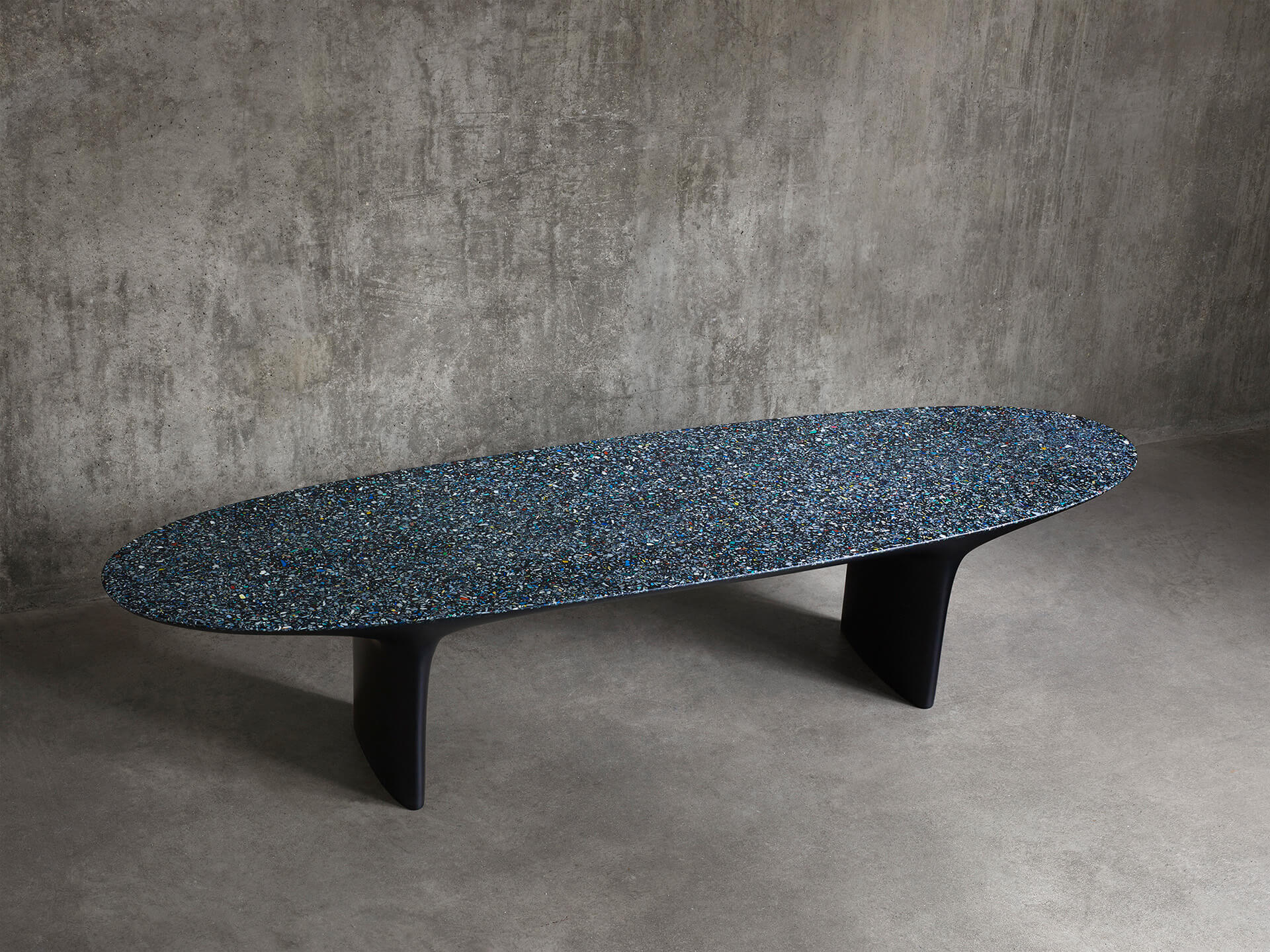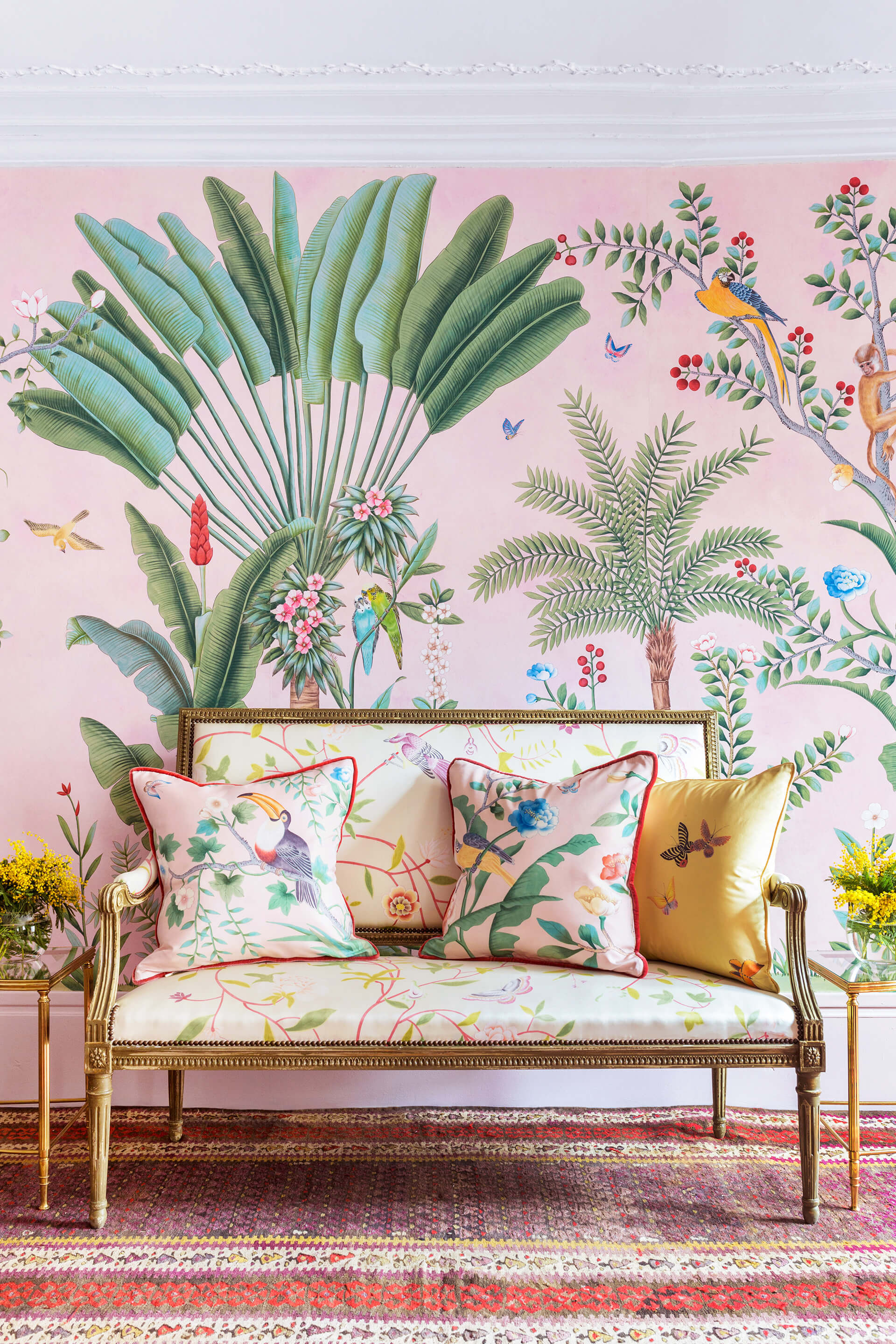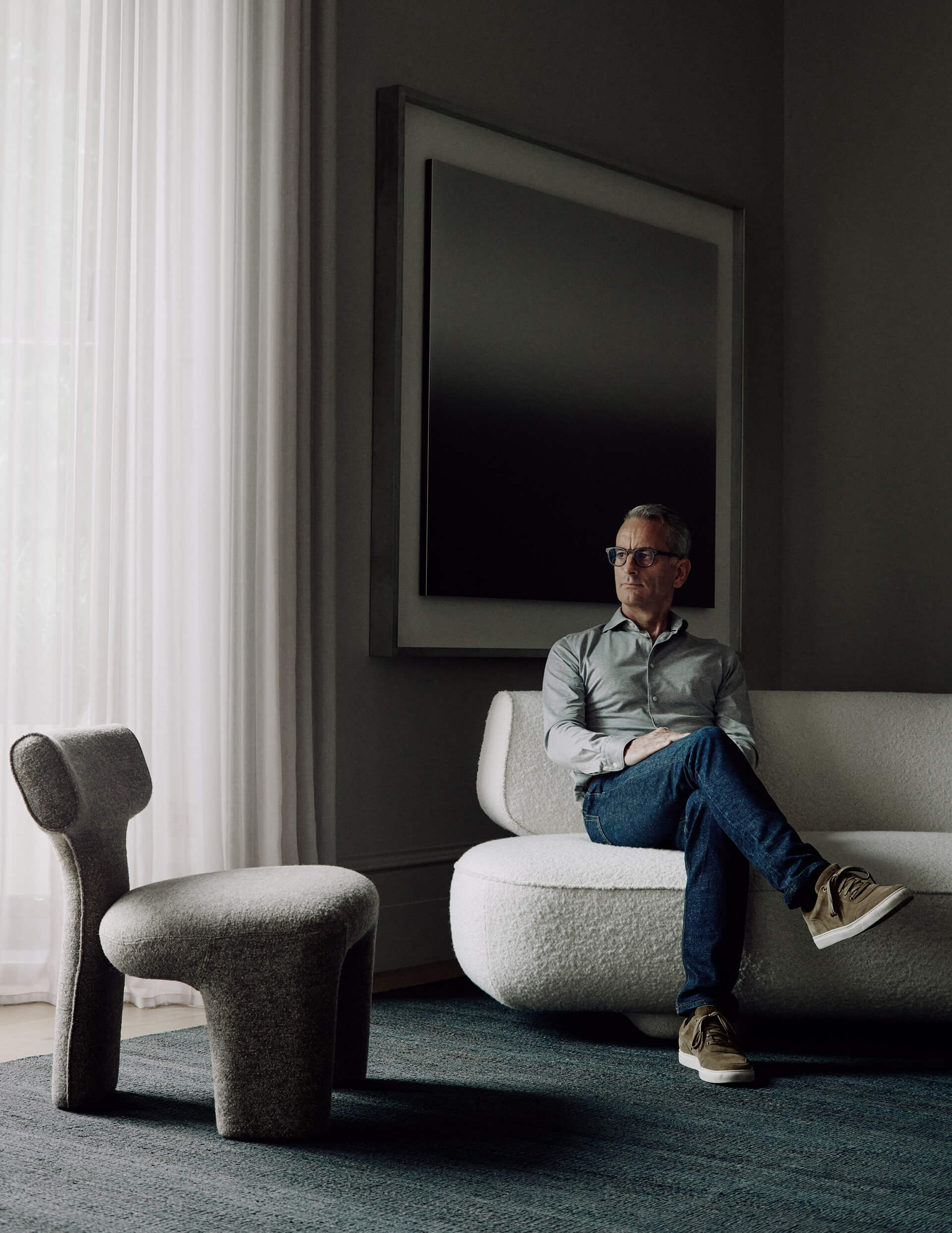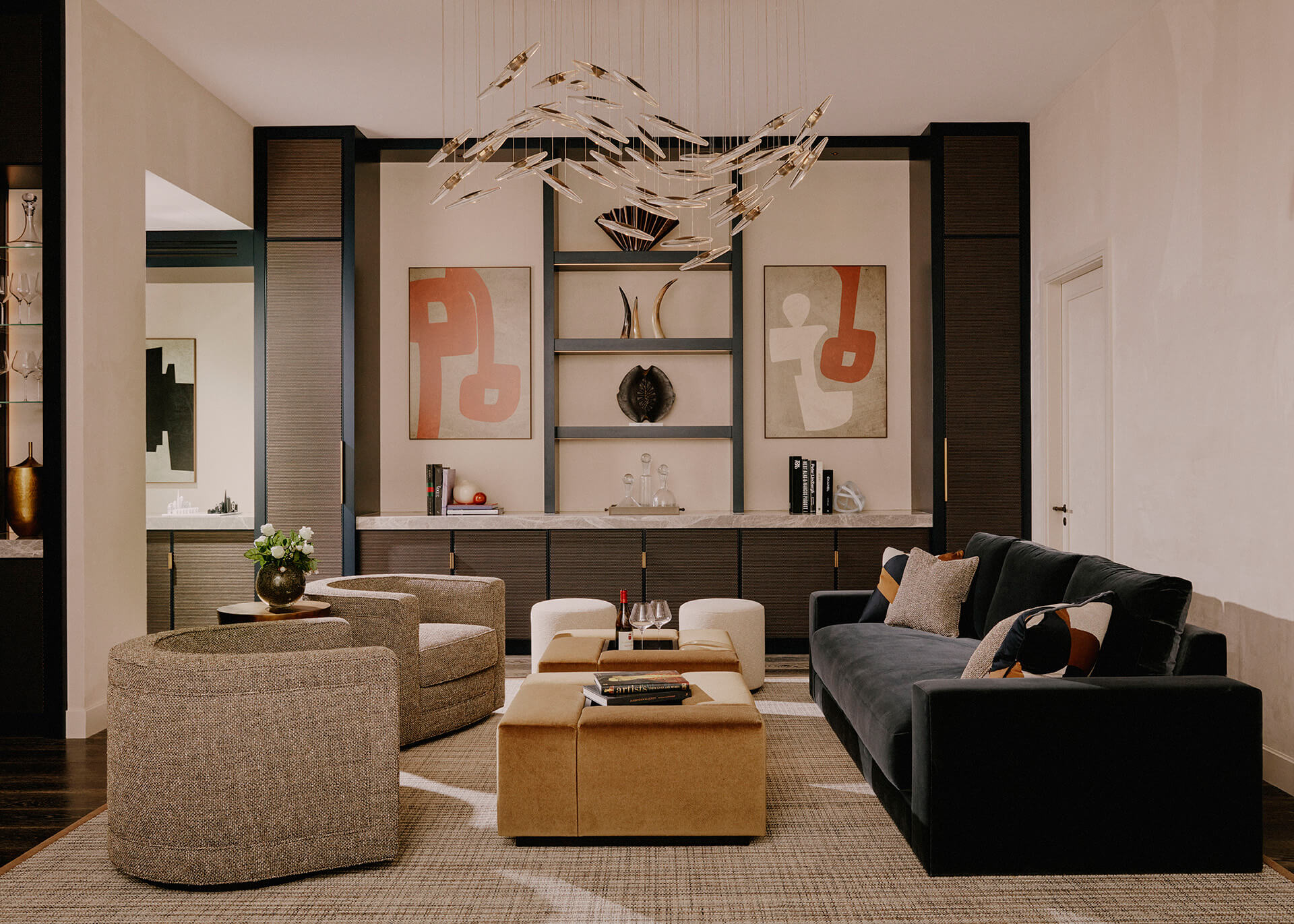How it’s made: Inside Jan Hendzel Studio
We visit award-winning bespoke furniture designer, Jan Hendzel, whose southeast London studio takes a unique approach to working in timber
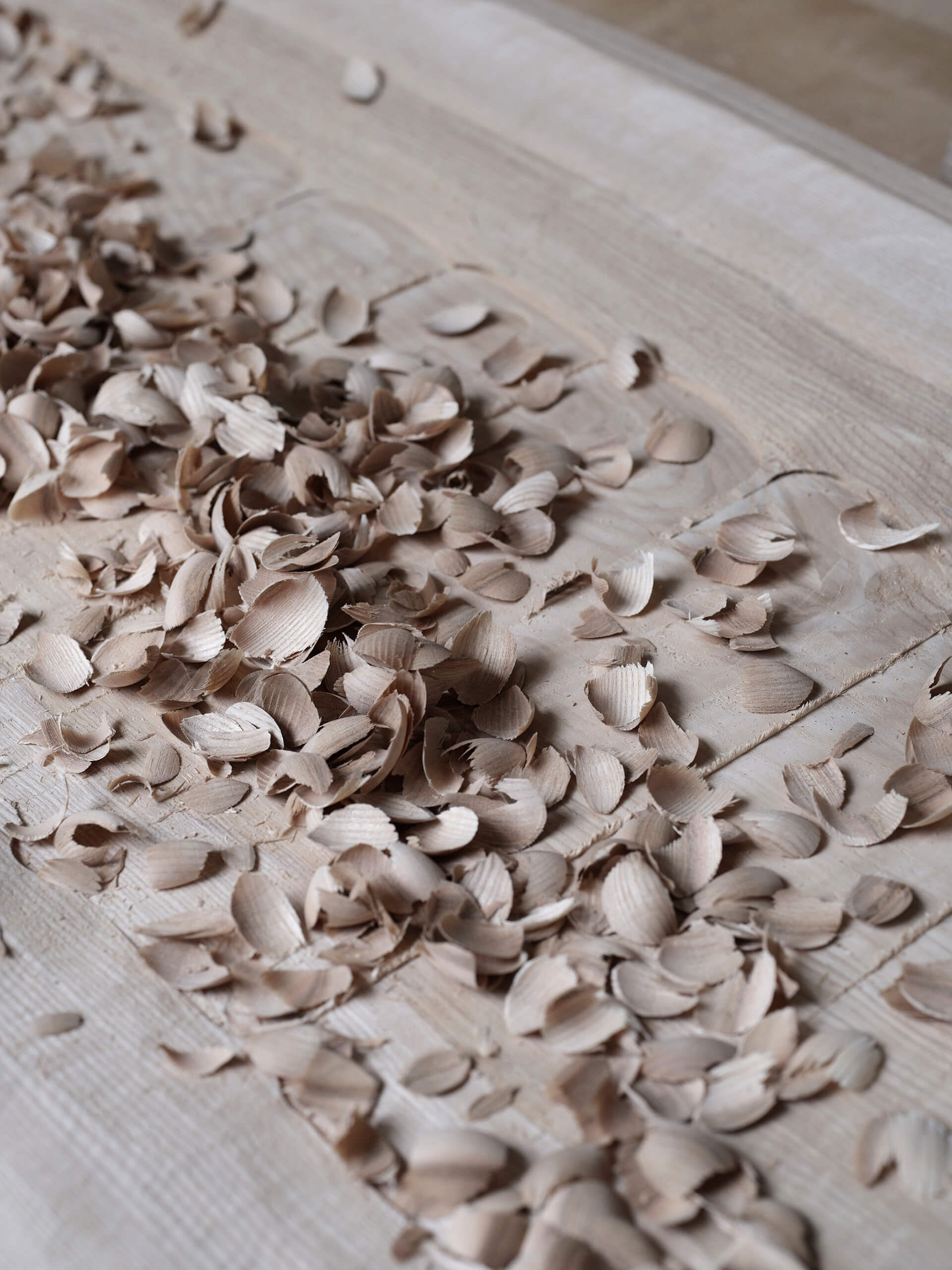
“A six-inch ruler is the number one tool. Keep it in your back pocket at all times,” says Jan Hendzel, picking up his favourite piece of kit and waving it at me knowingly. We’re sitting in his studio in Woolwich, southeast London, where he creates “exciting furniture for exciting people”. This manifesto makes sense, because Hendzel himself is an electric personality – with big, wiry hair and a cheeky grin. Interviewing him is almost like chatting to a nutty professor, albeit a young one, with excellent taste in eyewear.
Hendzel founded his own studio in 2015, with a degree in product design from Central St Martins and several years as an apprentice pattern maker behind him, a valuable skill that rehabilitated him from his adolescent life as “a naughty schoolboy.” Pattern making developed his mathematical brain, and gave him the technical skills required to turn his hand to designing and hand-making wooden furniture piece by piece – “I liken it to a game of chess,” he says. In the years since, his award-winning creations have gained a cult following for their quirky design language and remarkably fine joinery.
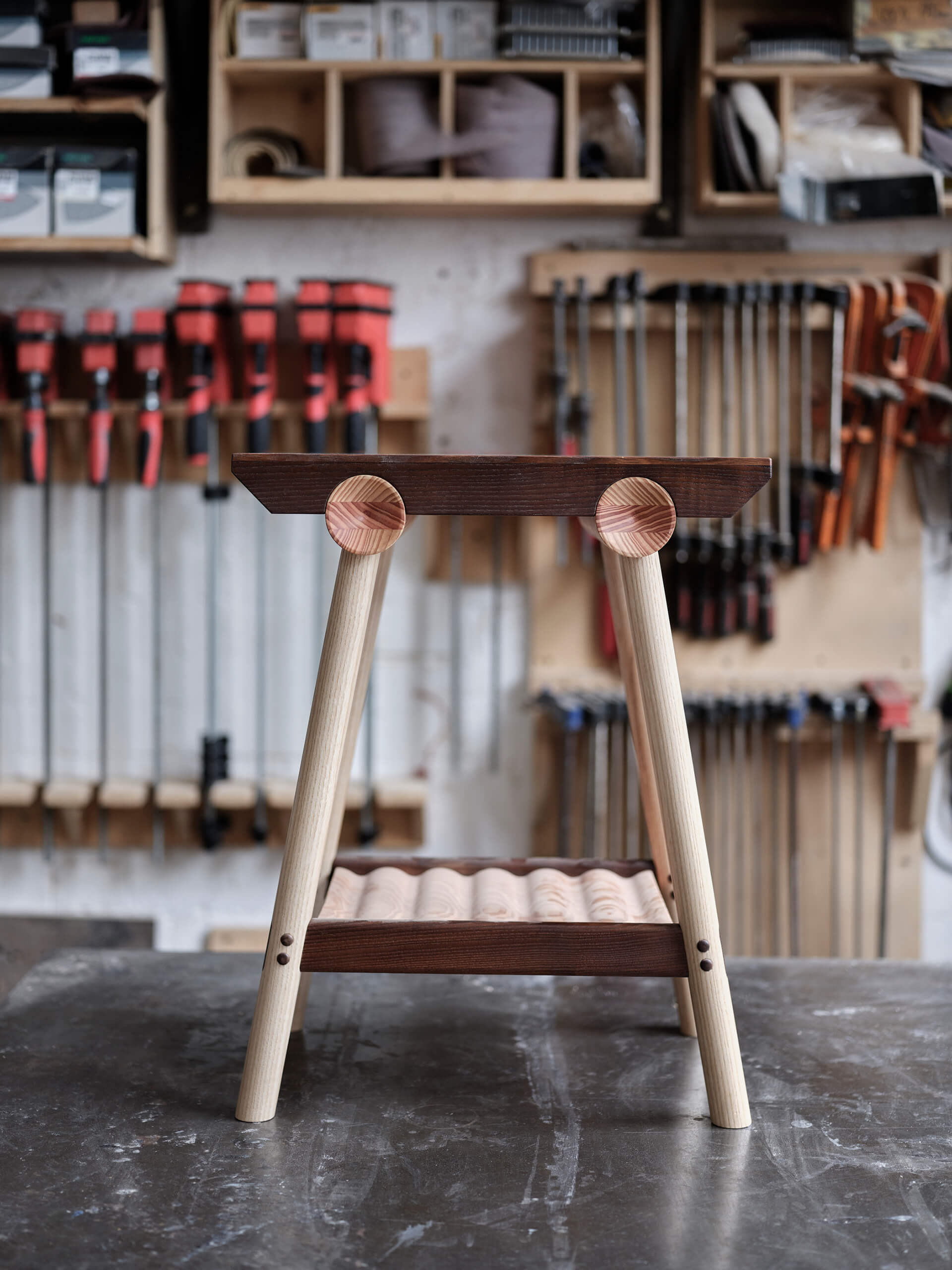
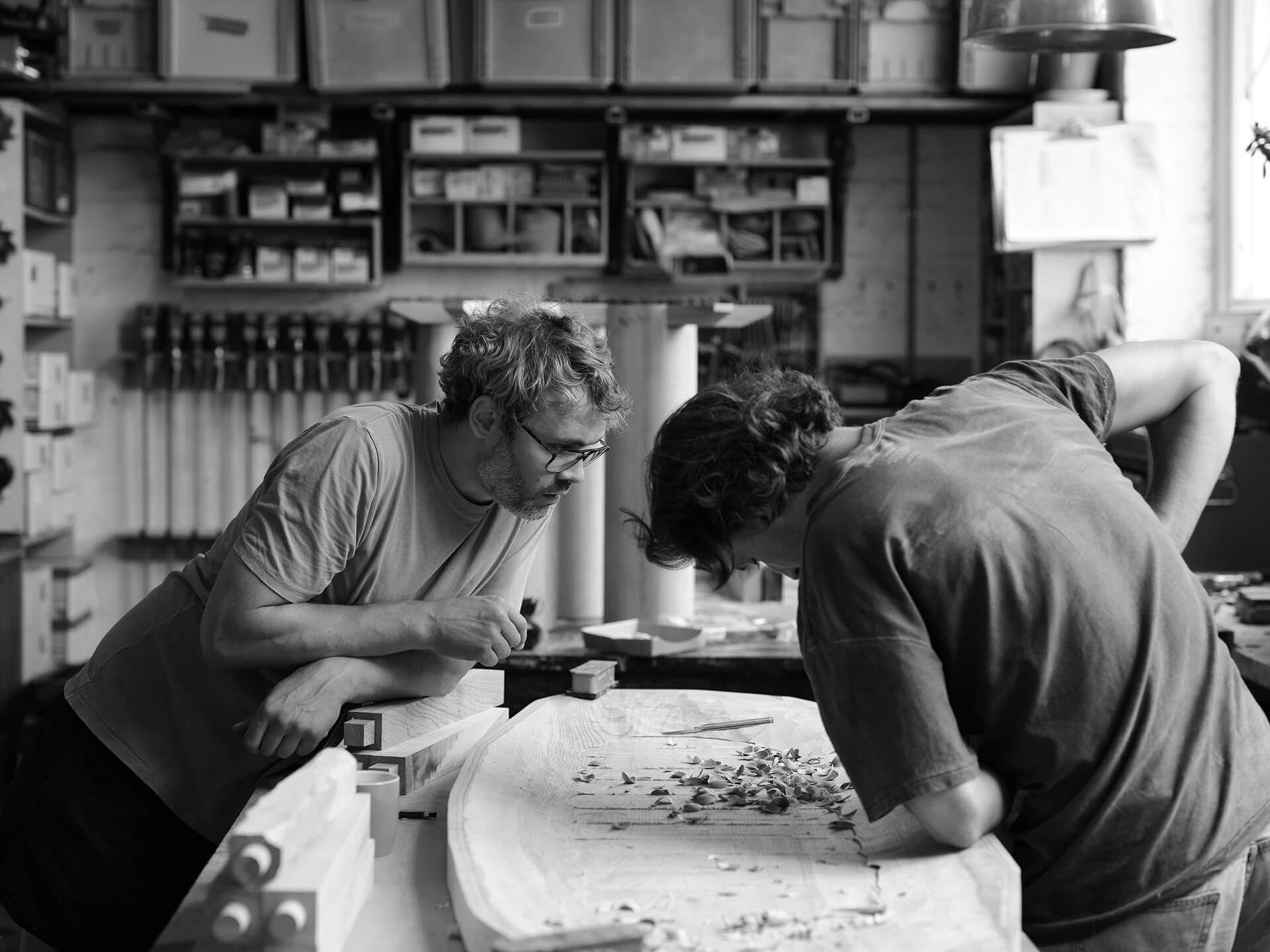
His unusual background led him to develop his own methodology for creating one-off designs, and his highly talented team of seven is split into two parts. “Of course, we’re known for making furniture, but we’re designers first and foremost,” he explains. “Our studio has two sides to it: designing and making. We bring together two different creative disciplines and give both equal weight in how we work with clients.”
Approach the studio with an idea in mind, and your commission will start with a conversation, with design receiving as much time and attention as the four-to-eight weeklong making process. “The first thing is to listen, get a sense of what our client wants and reach a place where we feel we really understand them,” Hendzel says. “We invite clients to visit the workshop so we can look at pieces together, look at different timbers, textures and the kinds of joinery you like.”
This process of ‘understanding’ the client is crucial to how Hendzel likes to work: “When you’re shaping a bespoke project, it’s incredibly personal. There will always be specifics in the client’s mind about how they plan to use their piece and how they live. Are they commissioning something for a private space like a bedroom? A dining table and chairs might be for a family to gather around, or it might be a statement piece for entertaining friends. In which case, using some unusual joinery or timber with a rare provenance might add to the wow factor.”
We always design to accentuate certain elements and hide others. It’s only when you run your hands over a piece that you’ll feel something else is going on
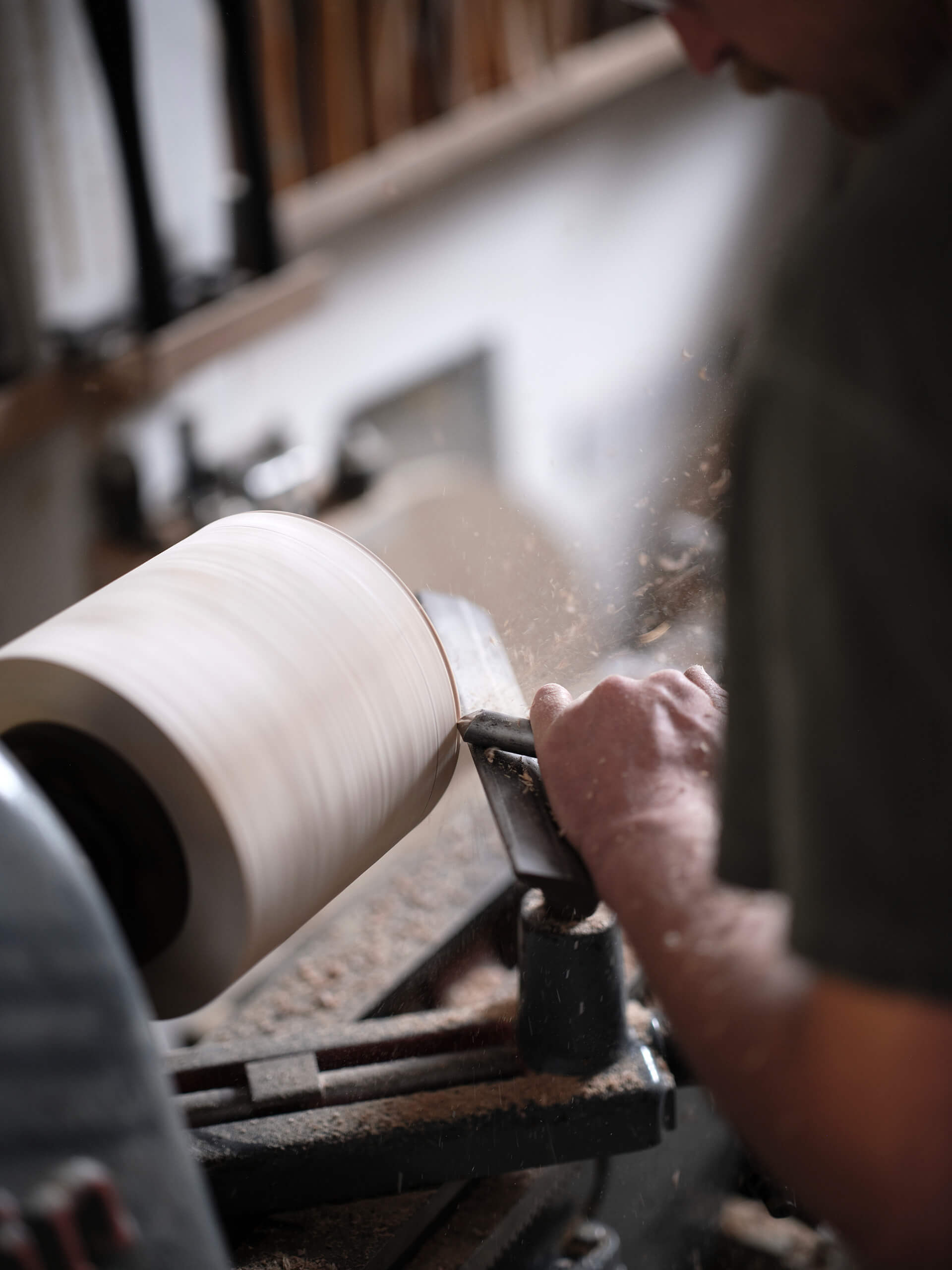

From thereon in, the studio’s design team will start to sketch the piece you have in your head, exploring the nuances of different joinery styles and finishes. A prototype model may also be made, drawing on Hendzel’s skills as a pattern maker.
His aesthetic is playful and multi-faceted, and this eclecticism shows in the work. “I’m not a purist,” Hendzel says. “For example, I’m not a mid-century modern guy, but I might like a particular intersection used to put a chair together.
Likewise, I love Japanese joinery, but my work doesn’t really speak with a Japanese aesthetic. It’s all about how we bring together and use these different elements.”
This is evident in the studio’s permanent collection, which is made for clients on a piece-by-piece basis, alongside the option to commission something bespoke. Whether you order his remarkable Naama table (POA), his signature dark and light wood Bowater sideboard (£6,900) or Pineapple Chunk consoles (£2,650 each), the DNA of a Hendzel creation is unmistakeable.
“How we approach the joinery is a big part of what we do,” he adds. “We always design to accentuate certain elements of the piece, and hide others, informed by the client’s tastes. It’ll only be when you start to run your hands over the piece that you’ll feel something else is going on.
I grew up with a certain genre of machinery that’s unique to pattern making. Today, we use these machines to create shapes that are quite organic. We mix traditional handwork with Wadkin lathes and CNC [computerised] cutters to create very fluid shapes.”
Ninety five per cent of the wood that Hendzel uses is solid British hardwood, sourced from what he calls “hyper-local” timber yards in London, or else in the south west, which specialise in milling damaged trees and windfall, rather than farmed timber. Twenty per cent of the timber the studio uses is reclaimed, too, and this figure is on the up. “There’s a prestige around reclaimed timber now, which is encouraging,” Hendzel says. “Before, it was seen as cheap and nasty, but the perception is changing. Now, its provenance is increasingly valued, as is the traceability of it.”
Notable reclaimed timber projects include a vast 12-person dining table and benches made from disused Kennet and Avon Canal lock gates – “we sourced them, milled them, dried them for 18 months,” Hendzel recalls – and monolithic wooden sculptures for a new co-working office in Shoreditch, made from 300-year-old beams taken from the old structure that used to sit on the site.
Today, Hendzel and his team work on commissions that differ significantly in scale; from single pieces for private clients, through to reimagining the design of two suites at the Town Hall Hotel in Bethnal Green and rooms inside a Frank Gehry building at the new Battersea Power Station development. While every commission is made to reflect the client’s taste and personality, each will be true to Hendzel’s distinctive aesthetic.
“As a studio, we’re very open. We’re very adaptable with our skillset,” he says. “It’s great when we have clients on board to push our talents. We work to deliver exceptional craftsmanship, exceptional workmanship and design, but each and every project pushes us to learn more. And every time we learn more, our projects get better.”
